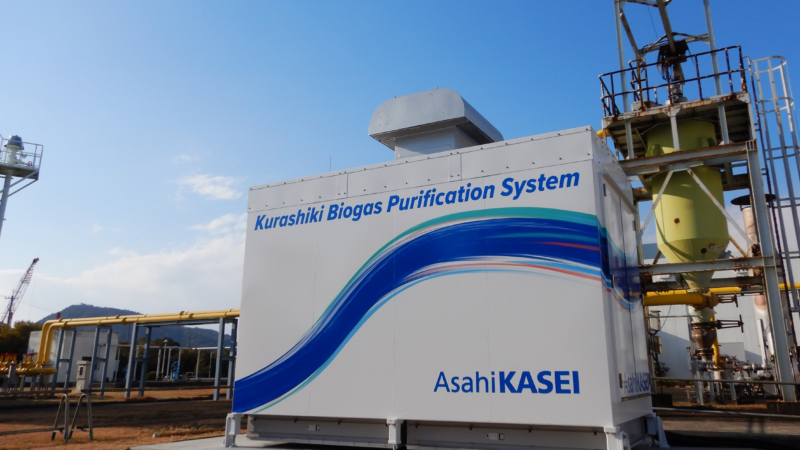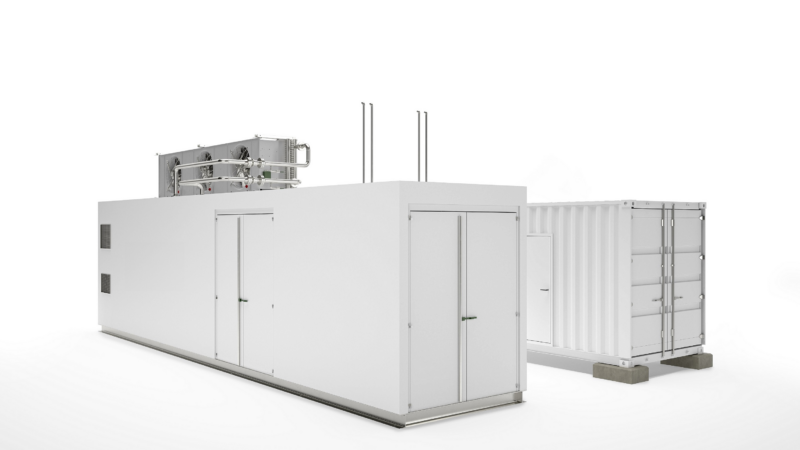The PerduS project is investigating yield losses experienced by solar energy systems as a result of desert dust – preliminary studies indicate reductions could range from 10 percent to 20 percent.
Augsburg, July 11, 2016 – Hazy skies and dusty cars: Many people are well acquainted with the impact of the Saharan dust that travels to Europe by air. The impact of this dust – as haze in the atmosphere and as a residue on solar panels – on the performance of photovoltaic (PV) systems is being studied by the German Weather Service, the Karlsruhe Institute for Technology (KIT) and meteocontrol in a project called „PerduS.“ The objective of the research is to facilitate better performance predictions for PV systems by improving projections about the dispersion of dust.
Saharan dust affects PV performance in two ways: First, the haze it creates, which can be substantial at times, can reduce performance by 10 percent to 20 percent. Second, it forms a residue on the PV modules that further impacts performance. These findings were reached during the preliminary studies conducted by the project partners. The term „blood rain“ is frequently used when talking about the grimy layer left behind on cars following rain storms.
„During an outbreak of Saharan dust, atmospheric streams transport the dust whipped up by the Sahara over great distances that extend all the way to central Europe,“ says Dr. Bernhard Vogel, a KIT meteorologist. „In terms of a long-range average, we see this four days a month in the spring and summer. In some years, the number even reaches up to nine days in a month.“
Photovoltaic systems generated 6 percent of gross electricity production in Germany during 2015, according to the German Statistical Office. The installed capacity of all PV systems totals about 39 gigawatts across Germany. As a result, the systems can produce peak yields of more than 30 gigawatts of power on clear days. This equals the production of more than 20 German nuclear power stations. Up to now, PV performance predictions have been unable to realistically factor in the effect of Saharan dust. The project team says this is necessary to ensure grid stability.
The German Ministry for Economic Affairs and Energy is funding the research project PerduS (a German acronym that stands for photovoltaic yield reduction caused by Saharan dust) for four years. The main objective is to combine all components necessary for consideration of Saharan dust outbreaks when projecting PV performance in a forecasting process. In cooperation with KIT, an improved dispersion forecast for desert dust is being added to the German Weather Service’s numerical weather-forecasting model ICON. The ICON-ART forecast system will be used during future dust outbreaks along with the conventional numerical weather forecast. Simulating dust dispersion, the system will provide predictions about a reduction in solar irradiance. Drawing on this information, the forecast service provider meteocontrol will develop PV performance predictions as well as evaluate the technical and commercial use of the new forecasting system. In addition, an estimate will be made regarding the expected amount of residue on PV systems left behind by the Saharan dust and the cleansing effect on the units by subsequent rain storms.
Model system ICON-ART and measurement systems in use
To expand the ICON model system that has been used by the German Weather Service since January 2015 to prepare daily weather forecasts, the Institute of Meteorology and Climate Research at KIT developed a module called ART (aerosols and reactive trace gases). This module makes it possible to simulate the dispersion of such particles as mineral dust and sea salt and their interaction with clouds. In the past, ICON-ART was used, also in cooperation with the German Weather Service, to simulate the dispersion of ash particles following volcano eruptions in order to prepare weather forecasts. The research focal points being pursued by KIT in PerduS are refining the description of dust emissions in the Sahara and improving the description of the interaction of dust particles and atmospheric radiation.
Measurements have also been taken at the Solar Storage Park on the KIT north campus to determine the amount of residue left on solar panels by mineral dust and its impact on PV performance. In this measurement project, researchers are also examining how precipitation can cleanse solar panels. In this process, they are using a precipitation radar, the measurement tower at KIT, additional devices for measuring drop sizes and precipitation quantities, and an aerosol lidar of the German Weather Service. The descriptions of the relevant processes drawn from these measurements will then be integrated into the ICON-ART model system.
meteocontrol, EU headquarter based in Augsburg, Germany and APMEA headquarter based in Shanghai (China), with offices and branches in Chicago (U.S.A.), Lyon (France), Madrid (Spain) and Milan (Italy) offers energy and weather data management, yield reports, quality audits and technical due diligence as well as monitoring of PV systems of all sizes. meteocontrol has more than 40 years of expertise in renewable energy systems and has so far been involved in projects with a total investment volume of more than 13 billion Euros. In addition, meteocontrol is the market leader for professional remote monitoring of PV systems. meteocontrol monitors around 41,000 PV systems around the globe with a total power of over 11 GWp. meteocontrol is a member of SFCE Shunfeng International Clean Energy Limited.
Further information: www.meteocontrol.com
Firmenkontakt
meteocontrol GmbH
Barbara Koreis
Spichere Str. 48 48
86157 Augsburg
+49 (0)821 34 666-40
+49 (0)821 34 666-11
b.koreis@meteocontrol.com
www.meteocontrol.com
Pressekontakt
epr-elsaesser public relations
Andrea Schneider
Maximilianstraße 50
86150 Augsburg
0821-4508 7918
as@epr-online.com
epr-online.com





